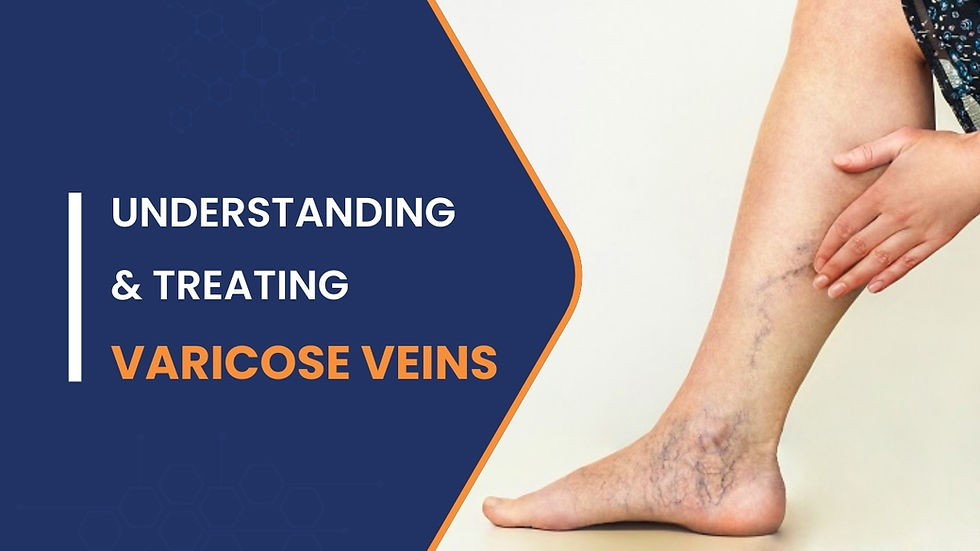Modern Approaches to Piles and Fistula Treatment for Fast Relief
- deepikavedyan
- Jul 25
- 3 min read
Piles (hemorrhoids) and fistula-in-ano are common anorectal conditions that can cause significant discomfort, pain, and embarrassment. If left untreated, they may lead to chronic issues affecting bowel habits and overall quality of life. Thankfully, modern medical advancements have made treatment more effective, less invasive, and faster than ever before.
In this blog, we explore the latest treatment options for piles and fistula, focusing on fast relief, minimal downtime, and long-term success.
Understanding Piles and Fistula
Piles, also known as hemorrhoids, are swollen veins in the anal canal that may cause bleeding, itching, and pain during bowel movements. They can be internal or external and are often triggered by constipation, straining, pregnancy, or prolonged sitting.
Fistula, on the other hand, is a small abnormal tunnel that forms between the anal canal and the skin around the anus, usually as a result of an infection or abscess. It often causes recurring discharge, pain, and swelling, and rarely heals without proper medical intervention.
While both conditions may sound similar due to their location and symptoms, their causes and treatments differ significantly. Accurate diagnosis and early intervention are key.
Non-Surgical and Conservative Treatments
For early-stage piles or minor symptoms, doctors often begin with conservative management. This includes dietary changes to add fiber, increased fluid intake, and lifestyle adjustments to avoid straining during bowel movements. Medications such as stool softeners, anti-inflammatory creams, and sitz baths may also be recommended.
In some cases of fistula, temporary symptom relief can be achieved through antibiotics or sitz baths, but these measures rarely offer a permanent cure. Early-stage intervention is essential to prevent complications or deeper tract formation.
Minimally Invasive Procedures for Piles
When conservative treatments fail to provide relief, minimally invasive outpatient procedures offer a faster, safer solution. Rubber band ligation is one of the most common methods, where a small rubber band is tied at the base of the internal hemorrhoid to cut off blood supply, causing it to fall off naturally.
Other methods like sclerotherapy (injecting a chemical solution) or infrared coagulation are also widely used to shrink hemorrhoidal tissue with minimal pain and downtime. These treatments are suitable for grade 1 or 2 piles and allow patients to return to daily activities quickly.

Modern Surgical Options for Fistula
Fistula treatment typically requires surgical intervention to completely eliminate the abnormal tract. Traditional surgery, like fistulotomy, involves cutting open the tract and allowing it to heal from the inside out. While effective, it often requires longer healing time and may involve some post-operative discomfort.
Modern techniques such as VAAFT (Video-Assisted Anal Fistula Treatment) and LIFT (Ligation of Intersphincteric Fistula Tract) are now becoming more popular due to their precision and sphincter-saving approach. These methods offer better healing with minimal risk of incontinence, which is a critical consideration for fistula patients.
Laser Surgery for Piles and Fistula: Fast, Precise, and Painless
One of the most advanced and patient-friendly treatments available today is laser surgery. For both piles and fistula, laser procedures have revolutionized care by offering a minimally invasive, painless, and highly precise solution. In laser hemorrhoidoplasty, laser energy is used to shrink the hemorrhoidal tissue without cutting or stitches, leading to minimal bleeding, no open wounds, and rapid recovery. Similarly, laser fistula surgery involves targeting the fistulous tract with a laser probe to seal it from within. This approach significantly reduces the risk of recurrence and preserves anal sphincter function, ensuring minimal disruption to a patient’s lifestyle. Laser surgery is usually done as a daycare procedure, with most patients returning to normal activities within 24–48 hours. With reduced pain, faster healing, and better cosmetic outcomes, laser treatment is becoming the preferred choice for piles and fistula management among both doctors and patients.
Post-Treatment Recovery and Prevention
Regardless of the treatment method, good hygiene, a high-fiber diet, and regular exercise are essential for maintaining bowel health and preventing recurrence. Patients are often advised to avoid spicy foods, reduce prolonged sitting, and follow up regularly with their doctor to monitor healing.
Laser and other minimally invasive treatments greatly reduce the risk of complications, but adherence to post-operative care is still important for a smooth recovery.
Final Thoughts
Thanks to modern medical advancements, treating piles and fistula is no longer a painful or prolonged process. From rubber band ligation to advanced laser procedures, today’s treatment options are safer, faster, and more effective than ever before. Early diagnosis and prompt medical care can prevent complications and ensure better outcomes.
If you're struggling with discomfort, bleeding, or other anorectal symptoms, don’t delay seeking professional help. Modern techniques can offer fast relief and restore your comfort and confidence with minimal downtime.
Check our social
Related links-







Comments